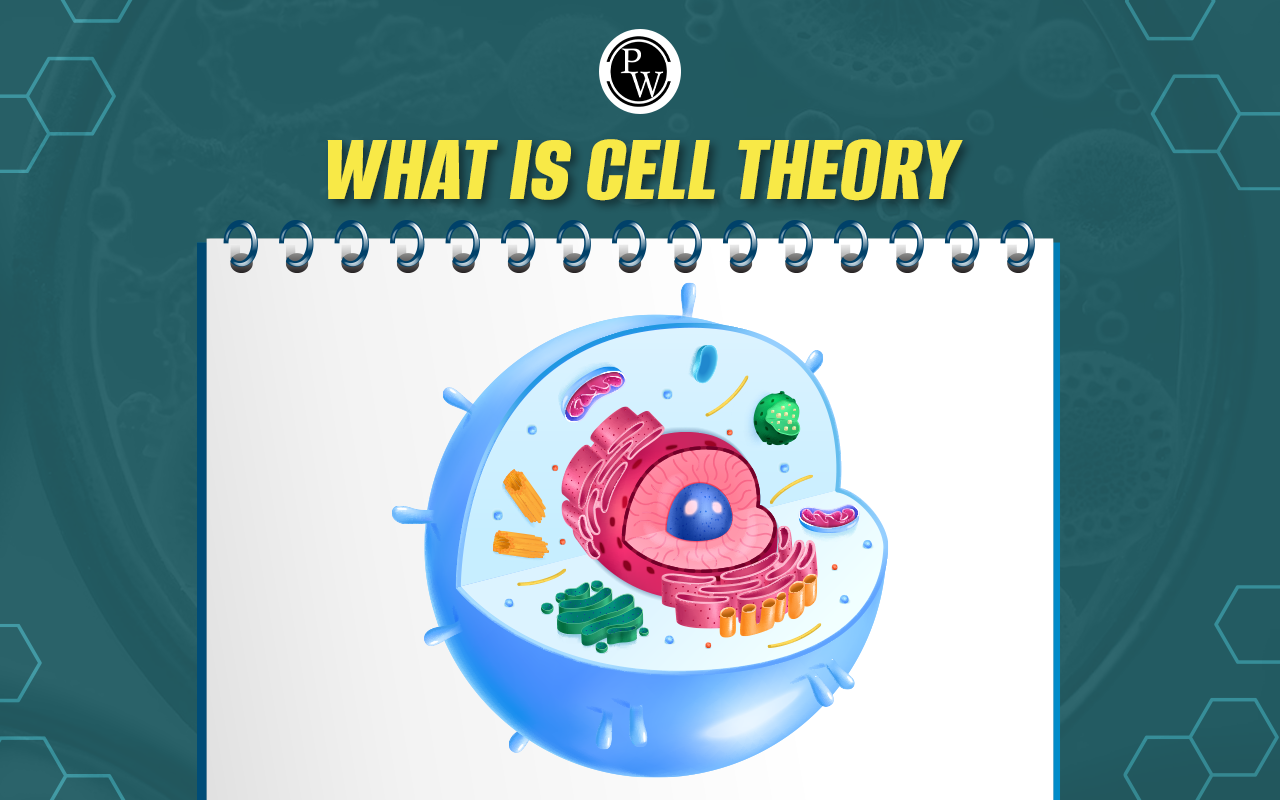
Difference Between Earthing and Grounding: In the huge world of electrical systems, ensuring safety is very important. Two terms that often come up in discussions about electrical safety are "earthing" and "grounding."
While they may seem interchangeable, a closer look reveals distinctive characteristics. In this blog, we'll talk about the difference between earthing and grounding, their definitions, types, importance, and the key differences between the two.| NEET Physics Syllabus | NEET Physics Important Questions with Answers |
| NEET Physics Chapter wise Weightage | NEET Physics MCQs |
| NEET Physics Notes | NEET Physics Formulas |
Difference Between Earthing and Grounding Overview
Earthing and grounding are terms often used interchangeably, but they have distinct meanings in electrical and electronic contexts. Earthing refers to connecting the non-current-carrying parts of an electrical system to the earth, preventing the buildup of static electricity and ensuring safety. Grounding, on the other hand, involves creating a common reference point for electrical voltages within a system, promoting stable operation and minimizing interference. While both involve connecting to the earth, earthing primarily focuses on safety, while grounding is broader, encompassing electrical system stability and performance. Clarifying these terms is crucial for maintaining electrical systems and ensuring proper functionality.Difference Between Earthing and Grounding
Earthing and grounding are often used interchangeably. However, they both are different from each other. Here are the the key differences between earthing and grounding in table format for easy reference:|
Difference Between Earthing and Grounding |
||
|---|---|---|
| Aspect | Earthing | Grounding |
| Definition | Establishing a connection between the electrical system and the Earth | The overall connection of the electrical system to the ground, including neutral points and conductive elements |
| Purpose | Earthing primarily focuses on providing a safe path for fault currents to flow into the ground. This process ensures that in the event of a fault, such as a short circuit, excess current finds a low-resistance route to dissipate into the Earth. The main objective of earthing is to prevent damage to equipment, minimise the risk of fires, and protect against electrical shocks. | Grounding serves a broader purpose. It encompasses the overall stability of the electrical system, providing a reference point for its operation. While safety is a crucial aspect of grounding, it also addresses stability concerns, voltage regulation, and the prevention of external factors such as lightning-induced surges. |
| Components Involved | The components involved in earthing are specific to establishing a connection with the Earth. These include metal plates, rods, pipes, strips, or chemical compounds strategically placed in the ground to create a conductive path. | Grounding involves a wider array of components. It includes connecting the neutral points of transformers, equipment enclosures, and other conductive elements to the ground. The grounding of these components contributes to the overall stability and balance of the electrical system. |
| Applications | Prevents electrical shocks, protects against equipment damage, and ensures compliance with safety standards | Ensures system stability, minimises the risk of electric shock, and provides a reference point for the entire electrical system |
| Effects on Electrical System | The implementation of proper earthing minimises the impact of faults by directing fault currents away from critical components. It reduces the risk of fires caused by electrical faults and shields electronic equipment from electromagnetic interference (EMI) and radio-frequency interference (RFI). | Grounding contributes to the overall health of the electrical system. It enhances system stability by providing a consistent reference point, minimises voltage fluctuations, and protects against external threats such as lightning-induced surges. Effective grounding promotes efficient power distribution and ensures the longevity of electrical components. |
What Is Earthing?
Earthing means establishing a connection between the electrical system and the Earth. This connection is typically achieved by burying conductive materials in the ground. The primary purpose of earthing is to provide a low-resistance path for fault currents to flow into the ground, ensuring the safety of both people and equipment.Types of Earthing
Earthing is a critical aspect of electrical system design, and various methods are employed to establish a connection between the electrical system and the Earth. The choice of earthing type depends on factors such as soil resistivity, space availability, and the specific requirements of the electrical system. Here, we delve into the details of each type:- Description: In plate earthing, a metal plate, usually made of copper or galvanised iron, is buried vertically in the ground.
- Installation: The plate is buried in a pit filled with a mixture of charcoal, salt, and sand to enhance conductivity.
- Applications: Plate earthing is commonly used in urban areas where space is limited. It provides a reliable and efficient grounding solution for various electrical systems.
- Description: Rod earthing involves driving a metal rod, often made of copper or iron, into the ground.
- Installation: The rod is typically installed vertically, ensuring good contact with the surrounding soil.
- Applications: Rod earthing is suitable for areas with good soil conductivity. It is a widely used method for grounding residential and commercial electrical systems.
- Description: Pipe earthing utilises a metal pipe, usually copper or galvanised iron, buried vertically in the ground.
- Installation: The pipe is filled with a conductive mixture to enhance its grounding efficiency.
- Applications: Pipe earthing is suitable for areas with high soil resistivity. It provides a reliable grounding solution for industrial applications and power stations.
- Description: Strip earthing involves the use of a metal strip, often copper or aluminium, buried horizontally in a trench.
- Installation: The strip is laid in the trench, and the trench is filled with a conductive mixture.
- Applications: Strip earthing is suitable for locations with limited vertical space. It is commonly used in rocky terrains and areas where conventional methods may be impractical.
- Description: Chemical earthing is a modern method that utilises chemical compounds to enhance the conductivity of the earthing system.
- Installation: A mixture of chemical compounds, such as salt and graphite, is used to create a conducive environment around the electrode.
- Applications: Chemical earthing is versatile and can be employed in various soil conditions. It is particularly useful in areas with high soil resistivity and is known for providing a low-resistance path for fault currents.
What is Grounding?
While "grounding" is often used interchangeably with "earthing," it has a broader scope. Grounding encompasses the entire electrical system's connection to the ground, including the neutral point of transformers, equipment enclosures, and other conductive elements. In essence, grounding ensures the overall stability and reference point for the electrical system. This can include connecting the neutral point of a power distribution system to the ground, as well as grounding conductive parts of electrical equipment to minimise the risk of electric shock.
Difference Between Earthing and Grounding FAQs
What is the difference between grounding and earthing systems?
Grounding and earthing systems both involve connecting electrical systems to the Earth for safety, with "grounding" often emphasising fault current paths and "earthing" focusing on general connection to the ground.
What is the difference between earthing and grounding and neutral?
Earthing is the connection to the ground for safety, grounding provides a low-resistance path for fault currents, and neutral is a current-carrying conductor in power distribution.
What is the purpose of earthing or grounding?
The purpose is to ensure electrical safety by preventing dangerous voltage buildup, stabilising systems, and facilitating the dissipation of fault currents into the ground.
Which is better grounding or earthing?
Grounding and earthing are both essential for electrical safety, serving complementary purposes; neither is inherently better as they address different aspects of safety and system functionality.
Why is earthing connected to neutral?
Earthing is connected to neutral in electrical systems to provide a reference point for voltage, stabilise the system, and facilitate the dissipation of fault currents into the ground for safety reasons.
🔥 Trending Blogs
Talk to a counsellorHave doubts? Our support team will be happy to assist you!

Check out these Related Articles
Free Learning Resources
PW Books
Notes (Class 10-12)
PW Study Materials
Notes (Class 6-9)
Ncert Solutions
Govt Exams
Class 6th to 12th Online Courses
Govt Job Exams Courses
UPSC Coaching
Defence Exam Coaching
Gate Exam Coaching
Other Exams
Know about Physics Wallah
Physics Wallah is an Indian edtech platform that provides accessible & comprehensive learning experiences to students from Class 6th to postgraduate level. We also provide extensive NCERT solutions, sample paper, NEET, JEE Mains, BITSAT previous year papers & more such resources to students. Physics Wallah also caters to over 3.5 million registered students and over 78 lakh+ Youtube subscribers with 4.8 rating on its app.
We Stand Out because
We provide students with intensive courses with India’s qualified & experienced faculties & mentors. PW strives to make the learning experience comprehensive and accessible for students of all sections of society. We believe in empowering every single student who couldn't dream of a good career in engineering and medical field earlier.
Our Key Focus Areas
Physics Wallah's main focus is to make the learning experience as economical as possible for all students. With our affordable courses like Lakshya, Udaan and Arjuna and many others, we have been able to provide a platform for lakhs of aspirants. From providing Chemistry, Maths, Physics formula to giving e-books of eminent authors like RD Sharma, RS Aggarwal and Lakhmir Singh, PW focuses on every single student's need for preparation.
What Makes Us Different
Physics Wallah strives to develop a comprehensive pedagogical structure for students, where they get a state-of-the-art learning experience with study material and resources. Apart from catering students preparing for JEE Mains and NEET, PW also provides study material for each state board like Uttar Pradesh, Bihar, and others
Copyright © 2025 Physicswallah Limited All rights reserved.
Get App









